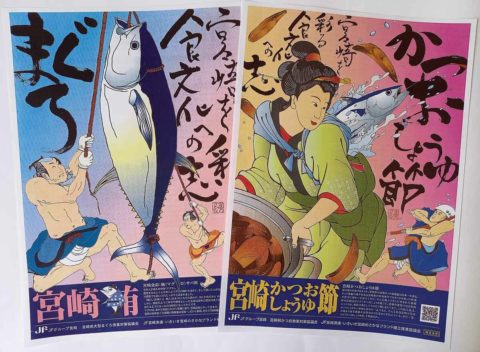Open access article by Sonja Ganseforth examines fish as cyborgs and commodities

Despite the central role of seafood in Japanese cuisine, domestic fisheries are facing a severe crisis. “Shifting Matter and Meanings in Japanese Seafood Assemblages: Fish as Functional Food Cyborgs and Emblematic Cultural Commodities” (Green Letters, online first) by DIJ principal researcher Sonja Ganseforth examines the changing cultural and socio-economic meanings and matter of fish in Japanese seafood assemblages. Sonja’s study is based on anthropological field research in fishing communities in southwestern Japan as well as on a sampling of cultural representations of fish. Her analysis finds a growing polarisation in the Japanese seafood sector: highly-processed food products and globally traded commodities inundate markets and dinner plates, while locally caught animals turn from basic foodstuff into folklorist stars of a vanishing rurality, a symbol of authenticity and national identity. The article is available open access and an outcome of Sonja’s research project Fishing communities between growth and demise.